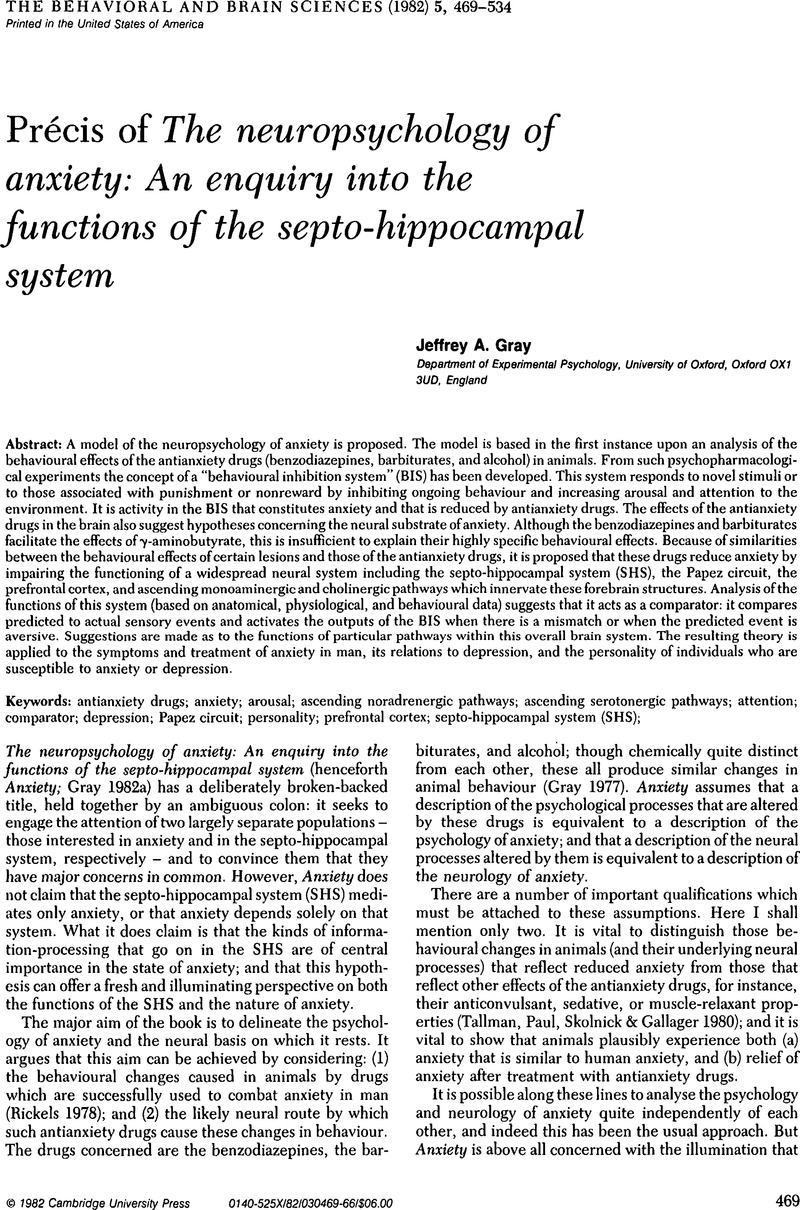Crossref Citations
This article has been cited by the following publications. This list is generated based on data provided by Crossref.
Lucas, John A.
Telch, Michael J.
and
Bigler, Erin D.
1991.
Memory functioning in panic disorder: A neuropsychological perspective.
Journal of Anxiety Disorders,
Vol. 5,
Issue. 1,
p.
1.



